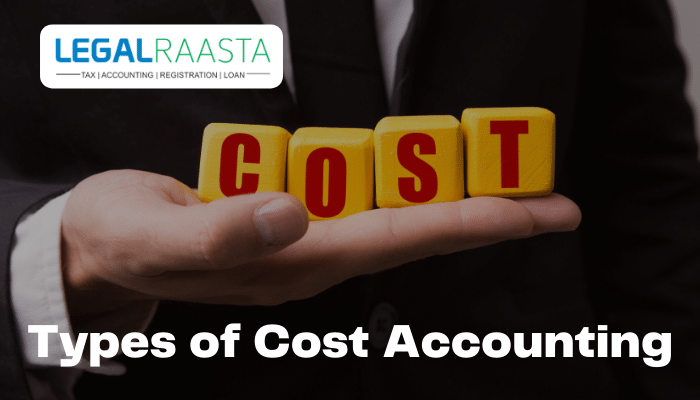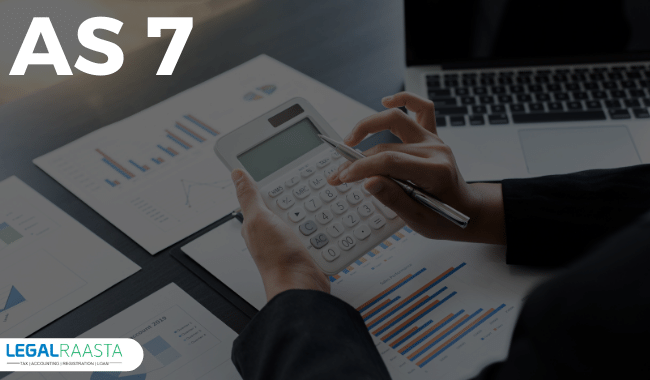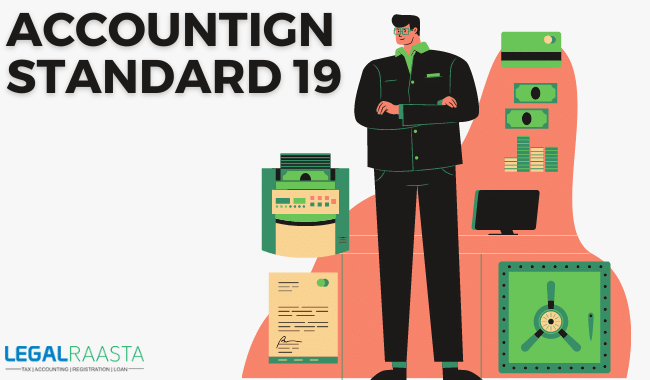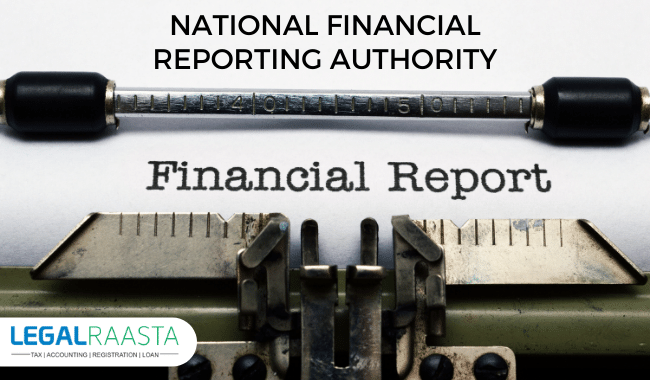A Beginner’s Guide to The Accounting Cycle
Financial statements are censorious to your business. Without them, you would not be able to do things like plan expenses, assure loans, or vend your business. But how do they create? Through the accounting cycle (every so often called the “bookkeeping cycle”).
The accounting cycle is a multi-stage procedure designed to transform all of your company’s raw financial information into Financial Statements.
What is the accounting cycle?
The accounting cycle is an indispensable productivity map that formalizes the procedure of recording, classifying and encapsulating a business’ financial proceedings across a pecuniary year.
The accounting cycle is a frequent workflow, and a bookkeeper follows each of the steps as they happen across the year relatively than doing them all at once. This further makes certain precision since proceedings are less likely to be forgotten or recorded inaccurately from memory.
The accounting cycle is the comprehensive procedure of recording and processing all financial proceedings of a company, from when the proceeding occurs, to its presentation on the financial statements, to closing the accounts. One of the major duties of a bookkeeper is to keep the trail of the entire accounting cycle from start to finish. The cycle repeats itself every pecuniary year as long as a company residues in business.
The accounting cycle assimilates all the accounts, journal entries, T accounts, debits, and credits, modifying entries over a complete cycle.
The steps in the accounting cycle
Be turn on where you focus, you can find the accounting method cycle described in 4 steps, 6 steps, even 10 steps.
Although, the general concurrence is that there are 7 steps in the accounting cycle, 8 if you count the starting of the cycle. If you use accounting software, you will find that many of these steps, such as entering proceedings and posting them to the G/L, have been amalgamated into a single step.
It’s necessary to note that many of the steps in the accounting cycle are for those using the accretion accounting method. If your business uses the cash accounting technique, you can still now follow the cycle, but you can abolish some of the steps such as modifying entries.
Step 1: Analyze and record transactions
The initial step in the accounting cycle is empathizing proceedings. Companies will have many transactions through the accounting cycle. Each one is required to be properly registered on the company’s books.
Recordkeeping is crucial for recording all kinds of transactions. Many companies will use point of sale technology connected with their books to record sales transactions. After-sales, there are also expenses that can come in numerous varieties.
Step 2: Post transactions to the ledger
This incorporates recording all of the financial information we congregate in step one into the general ledger.
The ledger is made up of journal entries, a consecutive list of all of a business’s transactions, written down as stated by the rules of double-entry accounting. This means that no matter when a transaction happens, two journal entries must be made, affecting a minimum of two accounts: a debit and a credit.
If you buy a new MacBook Pro for your employment, for instance, your assets account will go upper, and your bank account will go downward.
Once you have transfigured all of your business proceedings into debits and credits, it’s time to move them into your company’s registry.
The ledger is a large, numbered list revealing all your company’s proceedings and how they affect each of your business’s individual accounts. The general ledger is like the skeleton key of your bookkeeping structure. If you’re looking for any financial record for your business, the quickest way is to examine the ledger.
Journal entries are generally posted to the ledger on a continual basis, as soon as business proceedings arise, to make sure that the company’s books are always up to date.
If you using accounting software, posting to the ledger is mainly done automatically in the background.
Step 3: Prepare an unadjusted trial balance
Now next comes arranging an unadjusted trial balance, which occurs at the end of the accounting phase.
The first step to arranging an unadjusted trial balance is totaling all the debits and credits in each of your company’s accounts, and calculating the total balance for each individual account.
An unadjusted trial balance conducts all of these totals altogether at one place, and looks something like this:
Mr. Amit Rana Wonder Emporium Trial Balance January 31, 2018
| Detail | Debit | Credit |
| Cash | $11,670 | – |
| Accounts receivable | -0- | – |
| Prepaid insurance | 2,420 | – |
| Supplies | 3,620 | – |
| Furniture | 16,020 | – |
| Accounts payable | – | 220 |
| Unearned consulting revenue | – | 3,000 |
| Notes payable | – | 6,000 |
| Mr. Amit Rana, capital | – | 20,320 |
| Mr. Amit Rana, withdrawals | 300 | – |
| Consulting revenue | – | 6,800 |
| Rental revenue | – | 320 |
| Rent expense | 1,000 | – |
| Salaries expense | 1,400 | – |
| Utility expense | 230 | – |
| Total | $36,660 | $36,660 |
As stated in the rules of double-entry accounting, all of a company’s debts should equal every credit. If the total sum of the debit entries in a trial balance does not equivalent to the entire sum of credits, that means there’s been a mistake in either the registering or posting of journal entries.
If you use accounting software, this generally means you have made a mistake inputting information into the system.
Penetrating for and fixing these mistakes is called making correcting entries.
Step 4: Put together to modify entries at the end of the period
Once you have made the essential correcting entries, it’s time to make adjusting entries.
Adjusting entries make ensure that your financial statements only carry information that is pertinent to the particular phase of time you’re interested in. There are four major kinds of adjustments: deferrals, accruals, tax adjustments, and missing transaction adjustments.
1. Deferrals have to do work with the money you have spent before seeing any resulting income. Put a further way, deferrals remove proceedings that don’t belong to the phase you’re creating a financial statement for.
2. Accruals have to do with earnings you didn’t instantly record at the time (such as a bill that you gave to the customer 2 weeks after giving them seek advice services), or expenses you did not instantly pay for. Accruals make sure that the financial statements you are arranging now take into account future revenues and expenses.
3. Missing transactions adjustments aid you to account for the happenings you forget about while accounting for things like business purchases on your solo credit. You’d add them in here.
4. Tax adjustments assist you to account for things like devaluation and other tax deductions. For instance, you can have paid big money for a new piece of appliances, but you’d be able to write part of the cost this year. Tax adjustments happen once per year and your CPA will probably guide you through it.
Step 5: Adjusted trial balance
After you have fastened any out-of-balance issue and entered any late statements or accrual entries, you’ll want to run an adjusted trial balance. This gives you the most up-to-date balances for your entire general ledger accounts.
Step 6: Prepare financial statements
Your adjusted trial balance acts as a large role in generating your month-end financial statements. At a minimum you should run 3 reports:
- Statement of cash flows
- Balance sheet
- Income statement
You can sprint as many additional reports as you want to, but these 3 are a prerequisite
The last tramp in the accounting cycle is arranging financial statements that tell you where your business money is and how it went there. It’s very likely the biggest reason we go through all the troubles of the first 5 accounting cycle steps.
Once you have started an adjusted trial balance, collecting financial statements is an impartially straightforward duty.
First, an income declaration can be arrange using information given by the revenue and expense account segments of the trial balance.
A Balance Sheet can then be arranged, made up of assets, liabilities, and owner’s equity.
After your CPA arranges your company’s financial agreements, they’ll make one more round of adaptations to close out your company’s temporary accounts, which renewed the system and gets it prepared for the other accounting cycle.
Step 7: Closing the books
At the time when you close your books for the current accounting cycle, you zilch both the revenue and expenses account balances.
This zero balance will convey over to the starting of the next accounting period, and it is done in order to show both revenues and expenses for the set period of time, which can only be if you begin with a zero balance for every accounting period.
The accounting cycle assists to make sure that your balances are correct, that you haven’t bounced over one of the procedures and that your financial statements present the true financial health of your business.
Like everything also about bookkeeping and accounting, the accounting cycle is a process that can help you to designate and enter your transactions rightly. Using the accounting cycle also assists to make sure that you and your accountant both have an absolute and correct overview of the financial health of your business.
Even small businesses would benefit from utilizing the accounting cycle in their business and if you are using accretion accounting, it’s an absolutist must.
For more details associated with accounting, e-invoice, you can log in to our website services LegalRaasta.Our expert team will assist you in each part related to Accounting & Bookkeeping, Company Registration, Trademark Registration, and its services relatable. You can download our app which is easy to access in android mobiles LegalRaasta APP. Also, you can give us a call at +91 8750008585 and feel free to send your query on Email: contact@legalraasta.com










